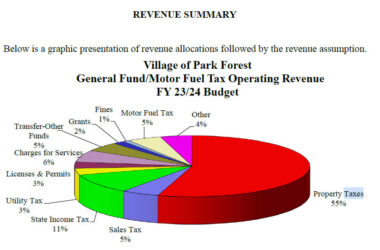“Vaping” public education campaign to increase youth awareness on public health risks of e-cigarettes
CHICAGO–(ENEWSPF)–December 24, 2015. Mayor Rahm Emanuel and Chicago Department of Public Health (CDPH) Commissioner Dr. Julie Morita yesterday launched “Vaping,” a new public education and social media campaign dedicated to informing youth and families of the truth about the dangers of e-cigarettes.
The Vaping campaign premiered citywide this week over social media with hashtag #VapingTruth, with a series of digital and outdoor advertisements scheduled to debut on December 28, in order to provide Chicagoans with resources and scientifically proven health information on the risks of using e-cigarettes, or “vaping.”
“We must encourage our young people to make smart choices, so they will live long, healthy lives, and this campaign is part of our comprehensive effort to reduce youth smoking,” said Mayor Emanuel. “From regulating e-cigarettes to banning the sale of flavored tobacco near our schools, we are committed to enacting every possible strategy to prevent youth from ever picking up smoking.”
CDPH defines vaping as breathing an aerosol of heated, liquid nicotine from battery-operated devices such as e-cigarettes, mods, personal vaporizers and other electronic nicotine delivery systems.
“E-cigarettes and other electronic nicotine devices are designed to act like cigarettes, with flavors that appeal to children,” said CDPH Commissioner Dr. Julie Morita. “Chicagoans must know the real health risks associated with using these products. This new campaign will help keep our young people from ever trying these dangerous, addictive products.”
The “Vaping” educational campaign highlights areas of concern regarding:
• The highly addictive nature of nicotine;
• The toxic chemicals and poisons found in e-liquids;
• Vaping devices such as e-cigarettes being unregulated at the federal level and the secrets manufacturers have about what is in the products and how they’re made.
In addition, the campaign includes a toolkit for community and tobacco prevention organizations to help increase awareness about the known dangers of vaping while continuing to promote and support the use of proven cessation therapies. The toolkit is available online at www.CityofChicago.org/TOBACCO.
Though youth smoking in Chicago is at an all-time low, the campaign is dedicated to informing Chicagoans on the dangers of using e-cigarettes and other vapor products. Multiple studies show that use of e-cigarettes by teenagers is skyrocketing. In fact, the CDC’s National Youth Tobacco Survey found that use of these highly-addictive products has tripled among middle and high school students from 2013 to 2014.
“Widespread use of e-cigarettes is re-normalizing smoking in our society, which makes this a very pertinent public health issue,” said Dr. Robert A. Winn MD, Director of the University of Illinois Cancer Center. “E-cigarettes were intentionally developed to mimic the act of smoking. This distorted reinforcement of smoking as cool, acceptable and glamorous sends the wrong message to our youth and undermines the smoking bans put in place to protect the health of the public.”
Under Mayor Emanuel’s leadership, Chicago has become a national leader in tobacco cessation, challenging the tobacco industry with more stringent regulations to deter all Chicagoans—specifically youth—from adopting a nicotine habit. Chicago has also been a leader in regulating e-cigarettes, and became the first big city to tax them, with the City Council passing an ordinance in November 2015 to tax e-cigarette liquid.
Other efforts led by the Emanuel administration to prevent nicotine use by youth and other Chicagoans include:
• Raising the cigarette tax by 50 cents, making the cost of a pack of cigarettes more expensive in Chicago than anywhere in the nation. Higher prices result in lower use, especially among youth;
• Banning flavored tobacco products, including menthol, from being sold within 500 feet of schools;
• Including e-cigarettes in Chicago’s local Clean Indoor Air Act, by restricting their use anywhere traditional cigarettes are not allowed;
• Requiring e-cigarette vendors to obtain tobacco retailer licenses;
• Implementing a smoke-free policy for all City parks and harbors;
• Launching a series of public education campaigns focused on the products Big Tobacco companies use to hook young people, including: menthol, flavored tobacco products and e-cigarettes.
Tobacco reduction efforts over the years have paid off: in 2013, the CDC found only 10.7 percent of Chicago high school students to be using nicotine—down from 13.6 percent in 2011, when Mayor Emanuel entered office.
Visit www.CityofChicago.org/TOBACCO for more information on CDPH’s tobacco control and prevention efforts.
Source: http://www.cityofchicago.org








